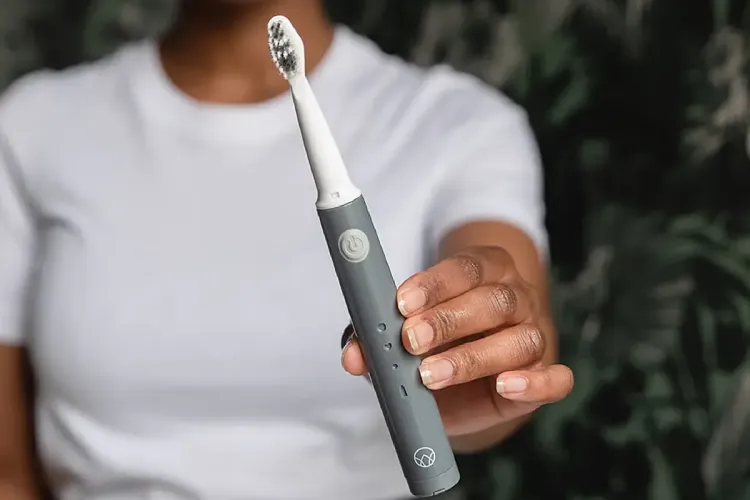
COMMON SKIN CONDITIONS: EFFECTIVE TREATMENT STRATEGIES FOR CLEAR, HEALTHY SKIN
Skin problems can range from temporary annoyances to chronic issues that require long-term management. While some skin conditions are purely cosmetic, others can cause significant discomfort and may need medical intervention. This blog post explores some of the most common skin conditions and outlines effective treatment strategies to help maintain clear and healthy skin.
Acne: More Than Just Pimples
Acne is perhaps the most well-known skin condition, affecting millions of people from adolescence through adulthood. It occurs when hair follicles become clogged with oil and dead skin cells, leading to whiteheads, blackheads, and pimples. To effectively manage acne, it is crucial to adopt a skincare routine that includes gentle cleansing, using products designed for acne-prone skin. Over-the-counter treatments containing ingredients like benzoyl peroxide or salicylic acid can be effective. For more severe cases, a dermatologist might recommend prescription medications, such as topical retinoids or oral antibiotics.
Eczema: The Itch That Rashes
Eczema, or atopic dermatitis, is a chronic condition characterized by dry, itchy skin that can flare up into rashes when scratched. Managing eczema involves moisturizing regularly with creams or ointments to maintain the skin’s barrier. Avoiding irritants such as harsh soaps, tight clothing, and allergens is also crucial. Topical corticosteroids are commonly prescribed to reduce inflammation during flare-ups. For severe cases, newer treatments like biologic drugs, which target the immune system’s response, may be considered.
Psoriasis: Beyond Skin Deep
Psoriasis is an autoimmune disorder that speeds up the life cycle of skin cells, causing them to build up rapidly on the surface of the skin. This buildup forms scales and red patches that are often itchy and painful. Treatment typically involves topical treatments, such as corticosteroids and vitamin D analogues. Light therapy, which uses natural or artificial ultraviolet light, is another effective option. Systemic treatments, including oral or injected medications, are reserved for people with moderate to severe psoriasis or when other treatments fail.
Rosacea: Flushing and Visibility
Rosacea is a chronic skin condition that causes redness and visible blood vessels in the face. It may also produce small, red, pus-filled bumps. These symptoms can flare up for weeks to months and then go away for a while. Managing rosacea includes avoiding known triggers, such as sun exposure, hot foods, or alcohol, which may exacerbate symptoms. Skincare involves gentle cleansing and the use of products formulated for sensitive skin. Prescription gels or creams that reduce inflammation and redness are commonly used. In some cases, laser therapy or oral antibiotics may be recommended.
Skin Cancer: A Preventable Concern
Skin cancer is the most common form of cancer globally, but it is also one of the most preventable. Key strategies for prevention include using sunscreen with a high SPF, wearing protective clothing, and avoiding the sun during peak hours. Regular skin checks by a dermatologist are vital for early detection and treatment. If skin cancer is detected, treatment options may include surgical removal, radiation therapy, or chemotherapy, depending on the type and stage of the cancer. Additionally, it’s essential to understand the different types of skin cancer—basal cell carcinoma, squamous cell carcinoma, and melanoma—each with its own set of symptoms and treatment protocols. Educating oneself about the warning signs and getting periodic skin evaluations can significantly enhance the effectiveness of prevention and early treatment strategies.
Warts and Verrucas
Warts and verrucas are common viral infections of the skin. Verrucas specifically refer to warts that appear on the soles of the feet. These growths are generally harmless but can be unsightly and occasionally painful. An effective strategy for handling these issues is crucial not only for aesthetic reasons but also for comfort and prevention of spread.
Wart and verruca removal requires particular attention. Treatment options include salicylic acid preparations, which gradually peel away the infected skin, and cryotherapy, a method that involves freezing the wart to kill the virus. Other dermatological procedures might also be considered depending on the size and persistence of the wart or verruca. It is important to address these growths promptly to prevent them from spreading to other parts of the body or to other individuals. Effective treatment not only resolves the physical symptoms but also helps mitigate any potential discomfort or self-consciousness associated with their appearance.
Conclusion
Dealing with skin conditions can be frustrating, but understanding what you’re facing and knowing how to treat it can alleviate much of the stress and discomfort. Whether it’s managing a chronic condition like eczema or treating a temporary issue like warts, the right care strategies can make a significant difference. Always consult with a dermatologist to get a diagnosis and a tailored treatment plan that works best for your specific needs. With the proper guidance and care, clear and healthy skin can be more than just a possibility—it can be a reality.








